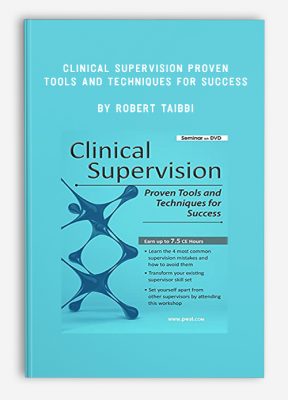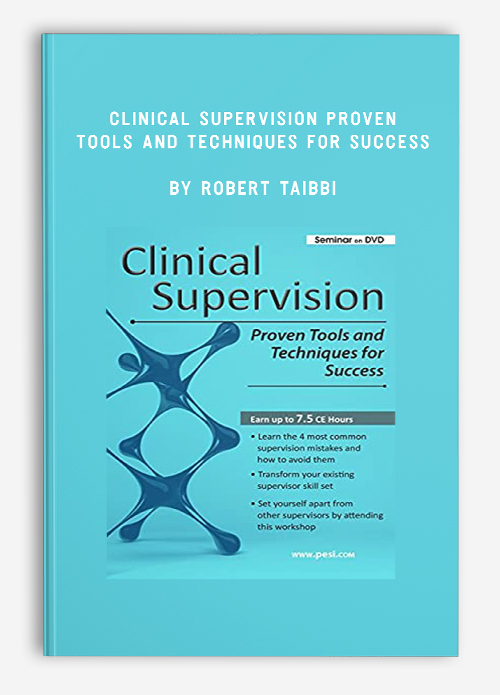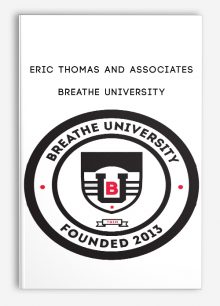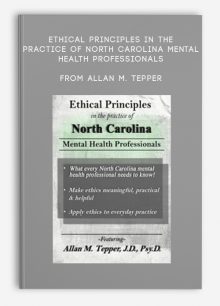Clinical Supervision: Proven Tools and Techniques for Success by Robert Taibbi
$159.99 $47.00

Clinical Supervision: Proven Tools and Techniques for Success by Robert Taibbi
**More information:
Get Clinical Supervision: Proven Tools and Techniques for Success at Salaedu.com
Description
You’re pulled in every direction yet feel stuck in the middle between those you supervise and the administrative higher-ups. You’re an advocate for staff needs, responsible for creating good staff morale, but also responsible for the quality of services. With so many hats on your head, how do you keep it all in balance?
The ultimate mystery of clinical supervision is figuring out how to help people not just be competent and compassionate, but help them weave together their strengths, skills, and personalities into a unique clinical style that gets the best results.
In my 40 years of clinical and supervisory experience, I’ve learned the ins and outs of supervision — and I’m excited to share this insight with you in an intensive online course, Clinical Supervision: Proven Tools and Techniques for Success.
This comprehensive course will get you thinking like a supervisor and using your clinical skills to both challenge and support staff while ensuring quality control.
You have the power to improve outcomes by guiding your staff to become the best therapists they can be. Don’t miss this opportunity to transform your supervisor skills and set yourself apart from other supervisors.
Let’s get started…
Bob Taibbi, LCSW
In this online course, you’ll dive deep into the key components of clinical supervision including leadership styles and time management, use of parallel process and groups, ethics and accountability. We’ll walk through the developmental stages of clinical development so you can anticipate and address the challenges and dangers ahead as staff hone their skills.
In an engaging format (with a touch of humor), you’ll learn clear strategies and specific techniques for being the best supervisor you can be! Whether you are a new supervisor in a helping profession, supervising other supervisors, or wanting to gain a fresh perspective, this program will leave you feeling creative and energized.
- Challenges of clinical supervision
- Models of supervision — Clinical, role, developmental
- Anxiety management, attachment styles, & learning styles
- Learning problems vs. problems about learning
- Relationship triangle & guided imagery exercise
- The Big Six- What to do when you get stuck
- Parallel process & leadership styles
- Covey time management — 4 ways of organizing time/tasks
- Stage 1: Supervisor as teacher
- Stage 2: Supervisor as guide
- Stage 3: Supervisor as gatekeeper
- Stage 4: Supervisor as consultant
- Stage of development
- Clinician skills
- Supervisory relationship
- Anxiety coping style
- Essential ethical guidelines national organizations
- Liability/legal issues: records, child abuse & custody, advertising, subpoenas, testimony, licensure
- Supervision vs. Consultation
- Accountability/liability issues
- Group supervision — types & processes
- Challenges of new supervisors
- Role of students/interns
- Experiential techniques — Live observations, co-therapy, & roleplaying
- Supervisor/clinical documentation, staff evaluations
- Handling problem employees
- Effective disciplinary process
- Hiring & firing guidelines
- Spoon-feeding
- Focus on client rather than clinician
- Ignoring parallel process
- Unclear supervisory goals; unaware of stage of clinician development
More information about Medical:
Medicine is the science and practice of establishing the diagnosis, prognosis, treatment, and prevention of disease.
Medicine encompasses a variety of health care practices evolved to maintain and restore health by the prevention and treatment of illness.
Contemporary medicine applies biomedical sciences, biomedical research, genetics, and medical technology to diagnose, treat, and prevent injury and disease,
typically through pharmaceuticals or surgery, but also through therapies as diverse as psychotherapy, external splints and traction, medical devices, biologics, and ionizing radiation, amongst others.
Medicine has been around for thousands of years, during most of which it was an art (an area of skill and knowledge) frequently having connections to the religious and
philosophical beliefs of local culture. For example, a medicine man would apply herbs and say prayers for healing, or an ancient philosopher and physician would apply bloodletting according to the theories of humorism.
In recent centuries, since the advent of modern science, most medicine has become a combination of art and science (both basic and applied, under the umbrella of medical science).
While stitching technique for sutures is an art learned through practice, the knowledge of what happens at the cellular and molecular level in the tissues being stitched arises through science.
1 review for Clinical Supervision: Proven Tools and Techniques for Success by Robert Taibbi
Add a review Cancel reply
Related products
HEALTH - FITNESS - LIFESTYLE - MEDICAL
HEALTH - FITNESS - LIFESTYLE - MEDICAL
HEALTH - FITNESS - LIFESTYLE - MEDICAL
HEALTH - FITNESS - LIFESTYLE - MEDICAL
HEALTH - FITNESS - LIFESTYLE - MEDICAL
HEALTH - FITNESS - LIFESTYLE - MEDICAL
Complete Certified Professional Coach Online Course from Berry Fowler
HEALTH - FITNESS - LIFESTYLE - MEDICAL
HEALTH - FITNESS - LIFESTYLE - MEDICAL










Trevis Trevis –
We create this shop with the mission: Bring the courses to 500 millions of people in the world, to help them awake their power and change their